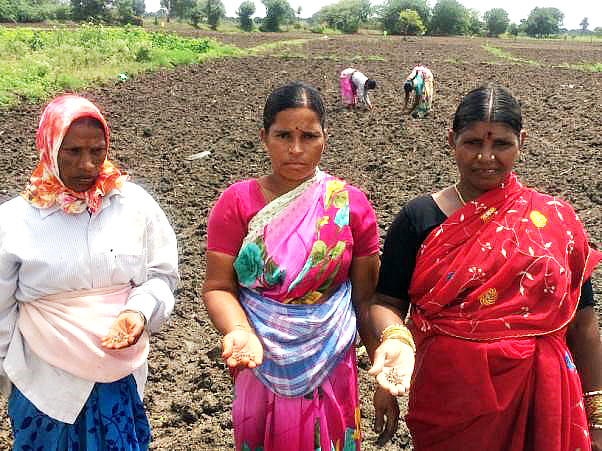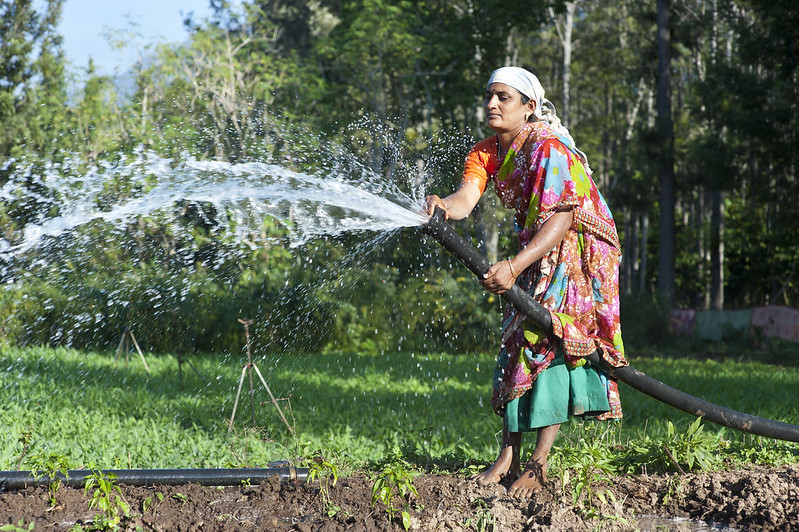
Topics and Regions
Landpages.co.ke is a medium of passing this message.
Details
Public Email
Location
Contributions
Displaying 261 - 270 of 7408 Facts about Community Land and Biodiversity Conservation
Eight facts about community land and biodiversity conservation. This short report synthesizes the scientific evidence affirming the importance of Indigenous Peoples and local communities - and the security of their rights and tenure - in protecting ecosystems and biodiversity.
9 Facts about community land and climate mitigation
Indigenous peoples and other local communities (IPLCs) are essential for forests, climate, biodiversity, public health and a host of other local and global ecosystem services. Securing IPLC land rights, helping protect their lands from external threats and supporting their forest management efforts would allow IPLCs to contribute even more to these public goods. Evidence on IPLC forest management has been accumulating steadily over the last decade since this matter gained attention in the climate change policy circles.
Indigenous Forests Are Some of the Amazon’s Last Carbon Sinks
Forests around the world play a major role in curbing or contributing to climate change. Standing, healthy forests sequester more atmospheric carbon than they emit and act as a carbon sink; degraded and deforested areas release stored carbon and are a carbon source.
No time to waste
Land tenure rights influence the way that land and natural resources are used and can impact directly on the environment and climate change.
Understanding the links: land tenure, vulnerability, and climate-led disasters
Land tenure is a particularly important issue in Asia, a region most prone to natural disasters and the impacts of climate change, and home to the world’s poorest who depend on land for their life and livelihoods.However, public understanding of the links between climate change, disasters, and land tenure is still very limited, even among development organizations.This issue brief is edited from the publication, “No Time to Waste: Climate action through secure land rights and sustainable land use,” that seeks to train the spotlight on specific issues of land tenure, land use and climate cha
Guidelines for Impact Evaluation of Land Tenure and Governance Interventions
The overall objective of the Guidelines for Impact Evaluation of Land Tenure and Governance Interventions is to inform and strengthen the design and implementation of future land tenure and governance interventions to best support lasting tenure security and achieve related impacts on poverty, food security, gender equality, environmental sustainability and security.
Islamic principles and land Opportunities for Engagement
This booklet arises from GLTN’s work on Islamic dimensions of land which began in 2004 with the commissioning of research leading to Sait and Lim’s “Land, Law and Islam: Property and Human Rights in the Muslim World” (London: Zed Press/UN-Habitat, 2006). Based on this research a training course on “Islamic Land, Principles and Housing Rights in the Muslim World” has been produced in 2010. This booklet was translated into Arabic language in 2014
Land Law and Islam
This book is a cross-cultural endeavour to promote global strategies for enhancing security of tenure in the Muslim world. It addresses the gap in both the human rights and Islamic literature on land and property issues.
How Many and Which Women Own Land in India? Inter-gender and Intra-gender Gaps
Measuring gender inequality in land ownership is essential for assessing progress in women’s economic empowerment, tracing the impact of progressive laws on actual practice, and monitoring SDG 5 on gender equality. To effectively assess inter-gender (male-female) gaps in land ownership, however, requires multiple measures. We also need to know which women are more likely to own land by tracing intra-gender differences. To date, no study on India has provided a full range of measures on inter-gender inequality in land ownership or focused on intra-gender variations.
Does the Landowner’s Gender Affect Self-Cultivation and Farm Productivity? An Analysis for India
Land ownership has long been argued to enhance farm productivity by improving tenure security. But would this hold for female and male owners alike? The relationship between land ownership and productivity has been investigated relatively little from a gender perspective in most regions, with work on Asia being especially sparse. Even less explored are gender differences in the likelihood of landowners self-cultivating as vs. leasing out their land.










